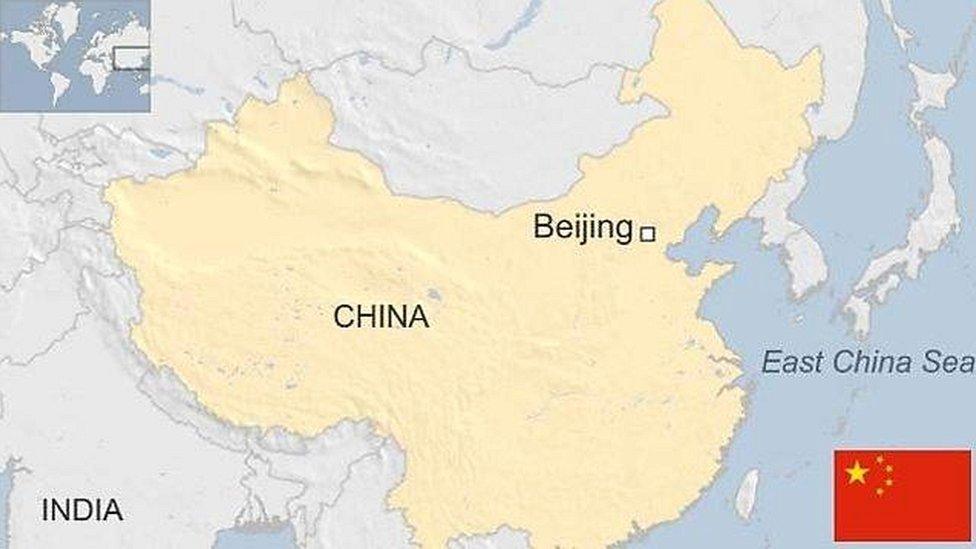Afghanistan country profile
- Published
This page is no longer being updated. It was last updated on 15 August 2023
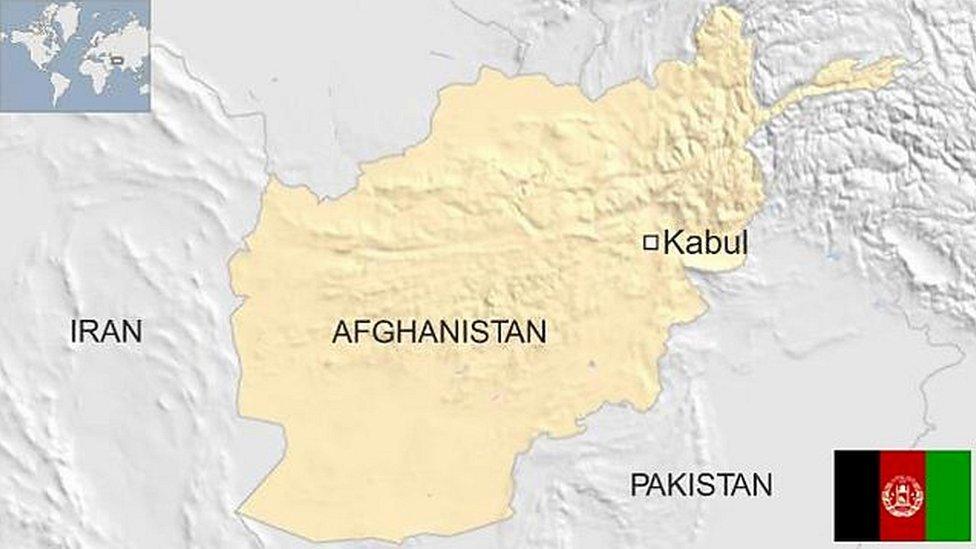
Landlocked and mountainous, Afghanistan has suffered from such chronic instability and conflict during its modern history that its economy and infrastructure are in ruins, and many of its people are refugees.
The Taliban, who imposed strict Islamic rule following a devastating civil war, were ousted by a US-led invasion in 2001, but made a rapid comeback to take over almost all of the country after US forces left in 2021.
Though the war ended with the Taliban takeover, there are attacks on the Taliban by Islamic State, as well as an anti-Taliban insurgency in some areas.
Read more country profiles, external - Profiles by BBC Monitoring, external
ISLAMIC EMIRATE OF AFGHANISTAN: FACTS
Capital: Kabul
Area: 652,867 sq km
Population: 38.3 million
Languages: Pashto, Dari
Life expectancy: 63 years (men) 66 years (women)
LEADER
Taliban leader : Hibatullah Akhundzada
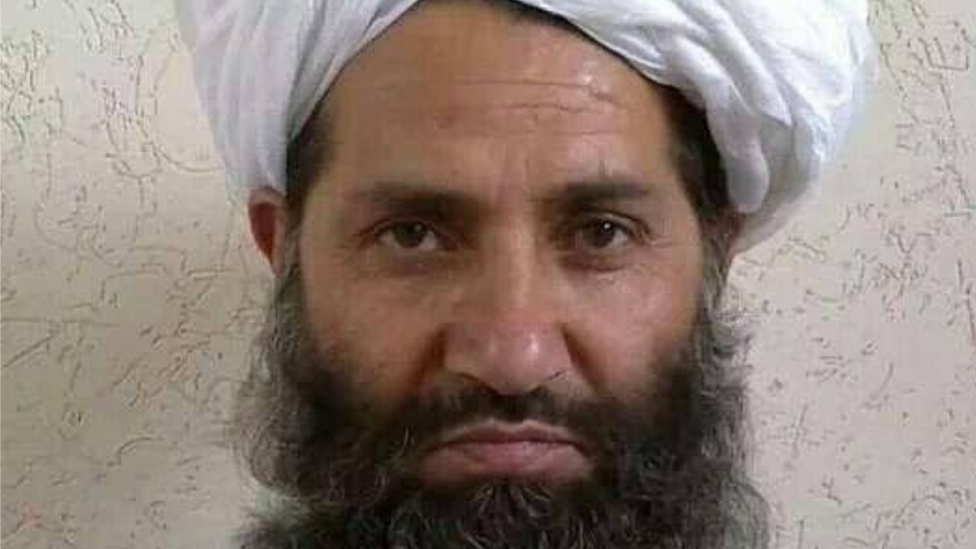
Hibatullah Akhundzada became the supreme commander of the Taliban in 2016, and is now head of state of the interim government in Kabul, called the Islamic Emirate of Afghanistan.
He fought in the resistance to the Soviet military occupation in the 1980s, and went on to lead the Islamic courts during the Taliban's last period in government in 1996-2001.
MEDIA
Afghan media have faced difficulties since the Taliban took power in Kabul in August 2021.
Outlets have endured severe restrictions, an economic crisis and waning Western support.
There is growing self-censorship and editorial appeasement of the Taliban. Freedom of expression has largely disappeared.
TIMELINE
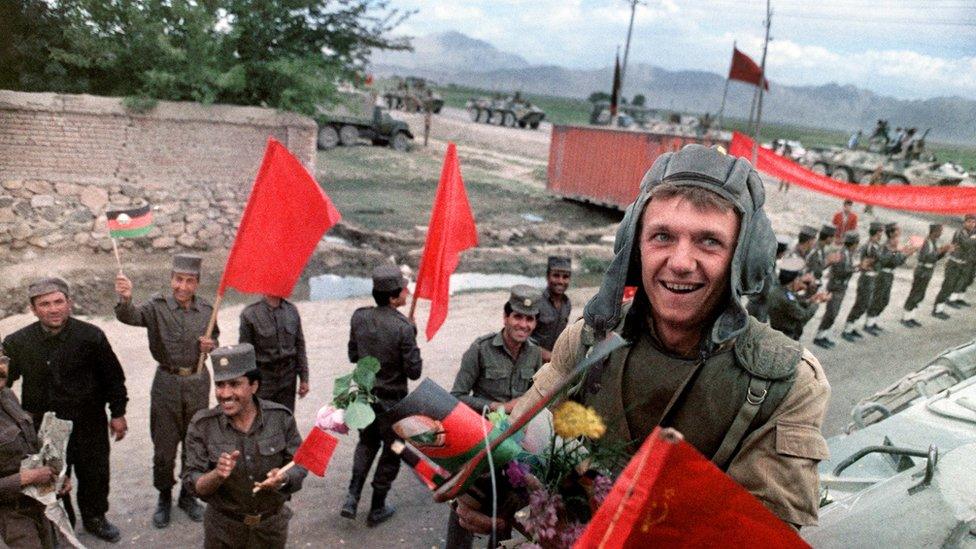
Soviet troops withrew after a bloody decade fighting the Afghan resistance
Some key dates in Afghanistan's history:
18th Century - The modern state of Afghanistan begins with Ahmad Shah Durrani (ruled 1747-1772) and the Durrani Afghan Empire that at its maximum encompasses northern India and eastern Iran.
1826 - With the decline of Durrani dynasty Dost Mohammad Khan Barakzai becomes Emir of Afghanistan.
1839-42 - First Anglo-Afghan War: British initially successfully invade, deposing Dost Mohammad and replacing him with the former emir Shah Shujah but the British forces are almost completely massacred during their retreat.
1878-80 - Second Anglo-Afghan War: British invade forcing Amir Sher Ali Khan to flee. Ali's successor signs a peace treaty but after the massacre of a British diplomatic mission fighting restarts. The Afghans defeat a British force at the Battle of Maiwand but the British decisively defeat the Afghans outside Kandahar to end the war.
1893 - Durand Line established as the border between British India and the Emirate of Afghanistan by British diplomat Mortimer Durand and Afghan Emir Abdur Rahman Khan. However, the exact line of the border remain remains disputed.
1919 - Third Anglo-Afghan War: Afghanistan invades British India. Peace treaty results in Afghanistan gaining control of its foreign affairs from Britain.
1926 - Emir Amanullah Khan declares himself king and the Emirate of Afghanistan becomes the Kingdom of Afghanistan.
1928-29 - Afghan civil war: Facing armed opposition to his reforms, King Amanullah abdicates. Kabul is temporarily captured by opposition forces, who are defeated by Prince Mohammed Nadir Shah, Amanullah's cousin.
1933 - King Nadir Shah adopts more gradual approach to modernization, but is assassinated. Mohammed Zahir Shah reigns as king from 1933 to 1973, pursuing a policy of neutrality.
1973 - Mohammed Daoud Khan deposes the king in a bloodless coup and becomes Afghanistan's first president.
1978 - Communists under Nur Muhammad Taraki seize power in a coup against President Mohammed Daoud Khan. They start land distribution reforms and oppress political dissent, provoking strong opposition which quickly expands into civil war.
1979 - Taraki is assassinated in a power struggle led by then-prime minister Hafizullah Amin. Displeased with Amin's government, the Soviet Union invades, capturing Kabul and killing Amin, installing a more complaint communist regime.
1979-89 - Soviet-Afghan War: Soviet troops in substantial numbers are sent to stabilize Afghanistan marking the beginning of a bitter war.
The US and Pakistan send military aid to resistance groups. Between 560,000 and two million Afghans are killed, six million become refugees.
1989 - Soviet forces leave and Afghanistan collapses into renewed civil war. Some 400,000 Afghans are estimated to have been killed between 1990-2001.
1996 - Taliban seize control of Kabul and impose hard-line version of Islam.
2001-2021 - War in Afghanistan: The United States, including Nato and other allies intervene militarily following September 11 attacks on the US. The Taliban are ousted from Kabul and Hamid Karzai becomes head of an interim power-sharing government.
The war becomes the United States' longest military engagement as the Taliban regroup and regain control of large areas of the countryside.
2014 - Nato formally ends its combat mission in Afghanistan, handing over to Afghan forces - supported by US troops - who face a growing insurgency. Between 176,000-212,000 people are killed in the 20-year war.
2020 - Unable to defeat the Taliban militarily, the US and Taliban sign the Doha Agreement: US troops will withdraw, in return for which Afghan territory will not be used for militant attacks against the US and its allies.
2021 - Taliban recapture Kabul after US forces withdraw.
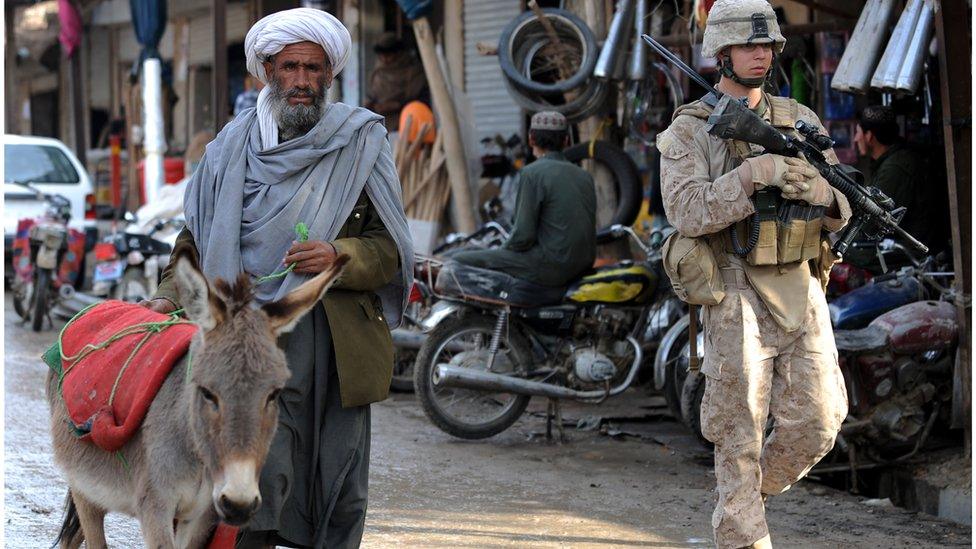
Western troops failed to stabilise the conflict-ridden country
Related topics
- Published15 March 2024
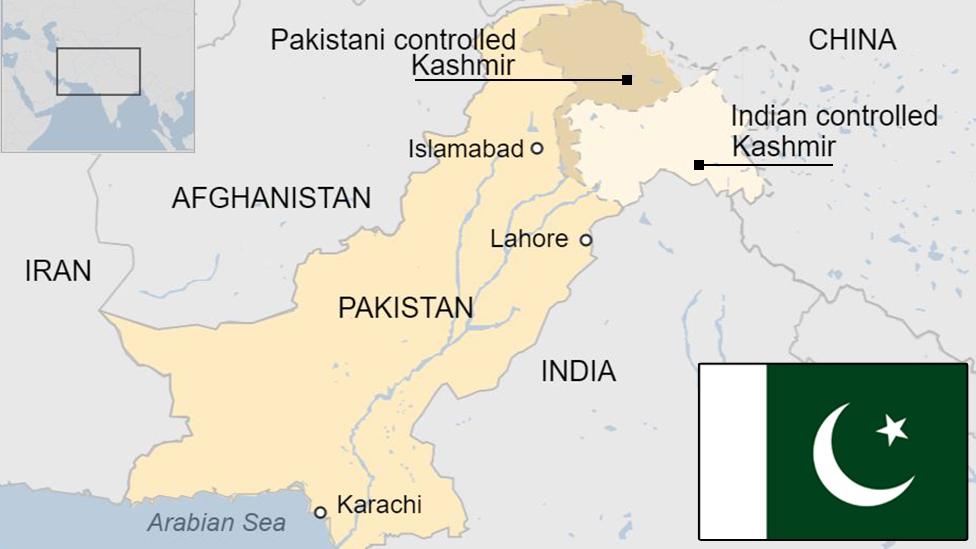
- Published14 October 2024
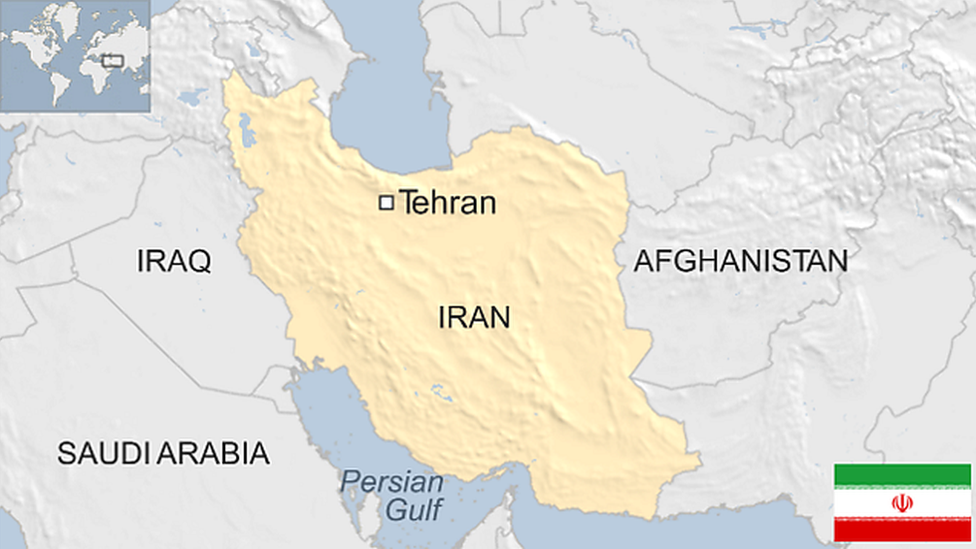
- Published24 March 2023

- Published30 October 2024
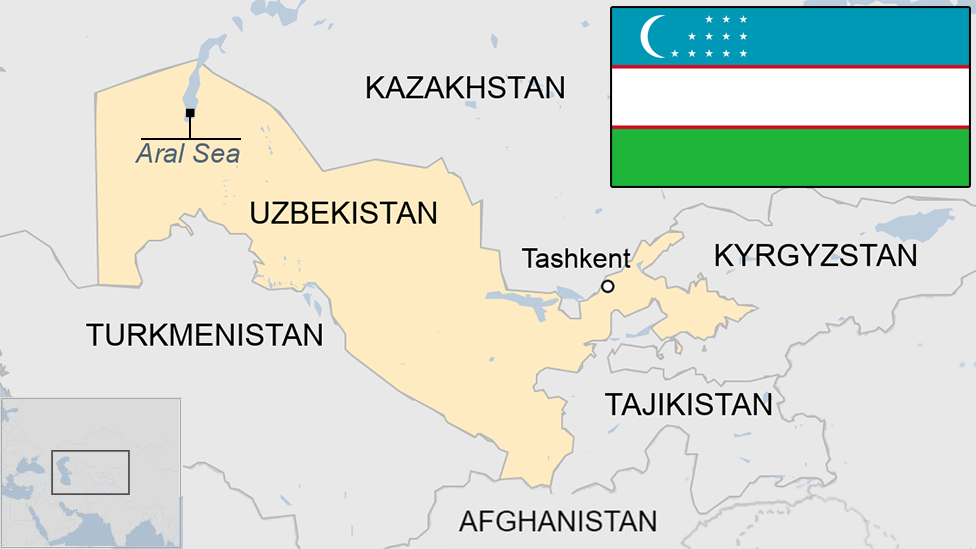
- Published30 October 2024
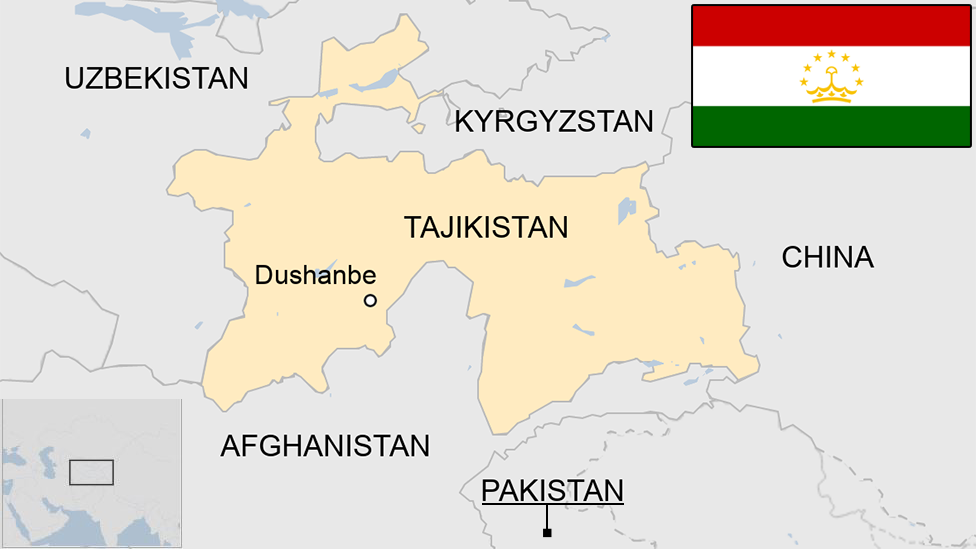
- Published25 August 2023
